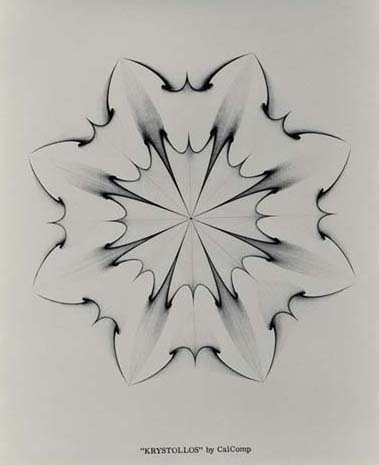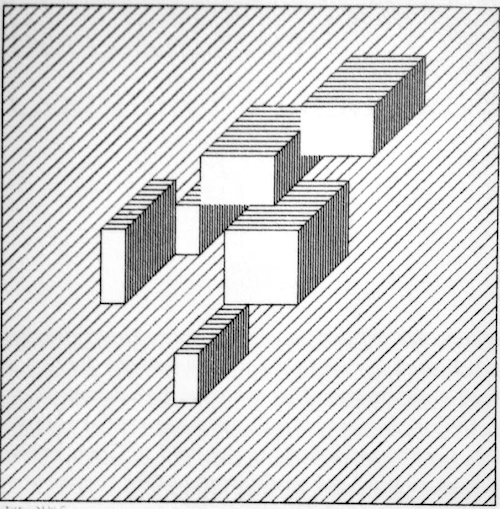
Surmounting the pavilion was a lantern and cross that rose to a height of 100 feet. Built on an oval-shaped plot of land, the pavilion was a collaborative design by the architectural firms of York & Sawyer, Hurley & Hughes, and Luders and Associates. One of the most popular attractions at the 1964-65 World's Fair was the Vatican Pavilion. It remains a touchstone for New York–area Baby Boomers, who visited the optimistic fair as children before the turbulent years of the Vietnam War, cultural changes, and increasing struggles for civil rights. More than 51 million people attended the fair, less than the hoped-for 70 million. The nascent Space Age, with its vista of promise, was well-represented.

The fair is best remembered as a showcase of mid-20th century American culture and technology. Preceding these fairs was the 1853-54 New York World's Fair, called the Exhibition of the Industry of All Nations, located on the site of Bryant Park in the borough of Manhattan, New York City. The only larger fair was the 1939 fair, which occupied space that was filled in for the 1964/1965 exposition. It was one of the largest world's fairs to be held in the United States, occupying nearly a square mile of land.

The site, Flushing Meadows Corona Park in the borough of Queens, had also held the 1939/1940 New York World's Fair.

The fair ran for two six-month seasons, April 22–Octoand April 21–October 17, 1965. The theme was symbolized by a 12-story high, stainless-steel model of the earth called Unisphere. Hailing itself as a "universal and international" exposition, the fair's theme was "Peace Through Understanding," dedicated to "Man's Achievement on a Shrinking Globe in an Expanding Universe" although American corporations dominated the exposition as exhibitors. The 1964/1965 New York World's Fair was the third major world's fair to be held in New York City.


 0 kommentar(er)
0 kommentar(er)
